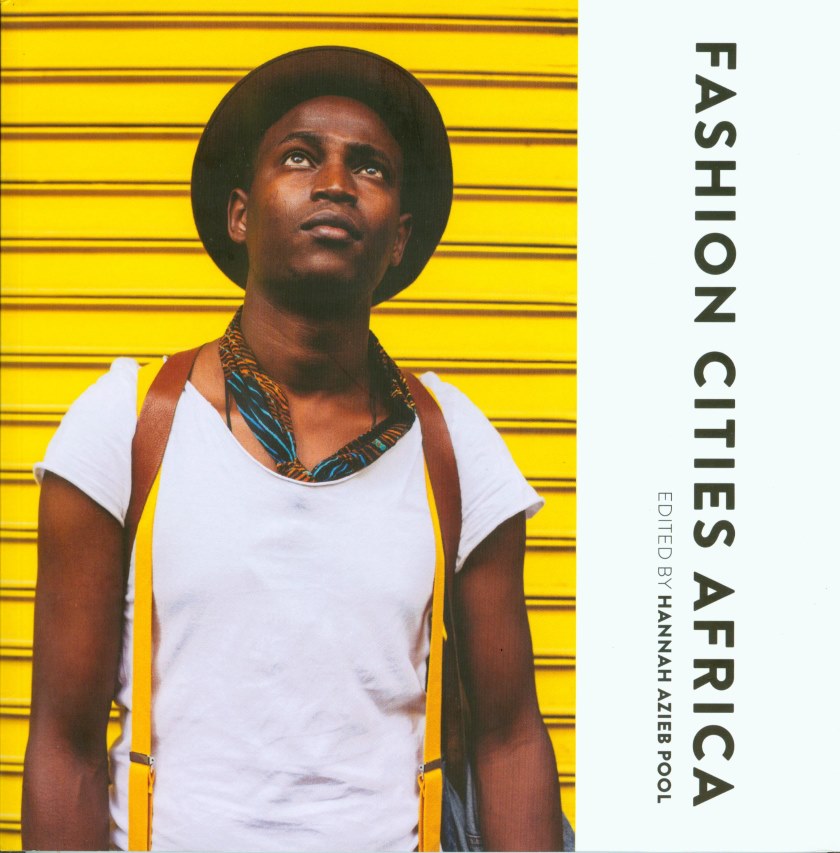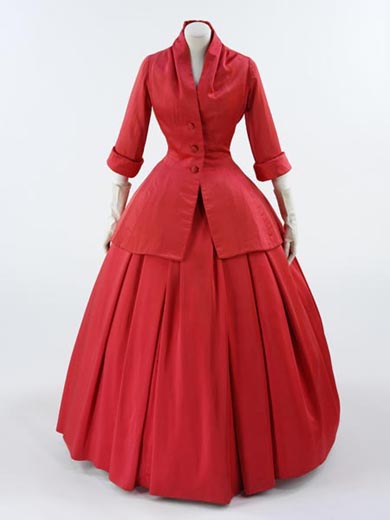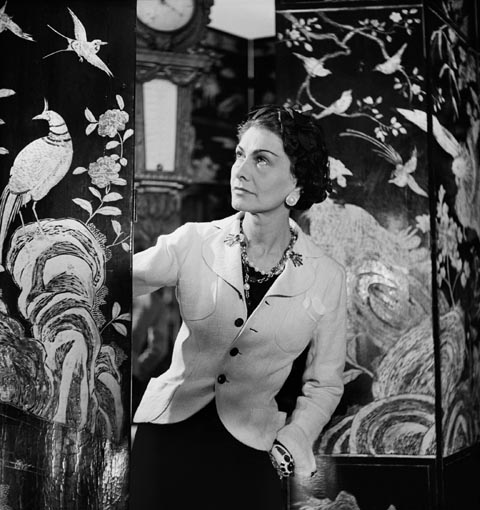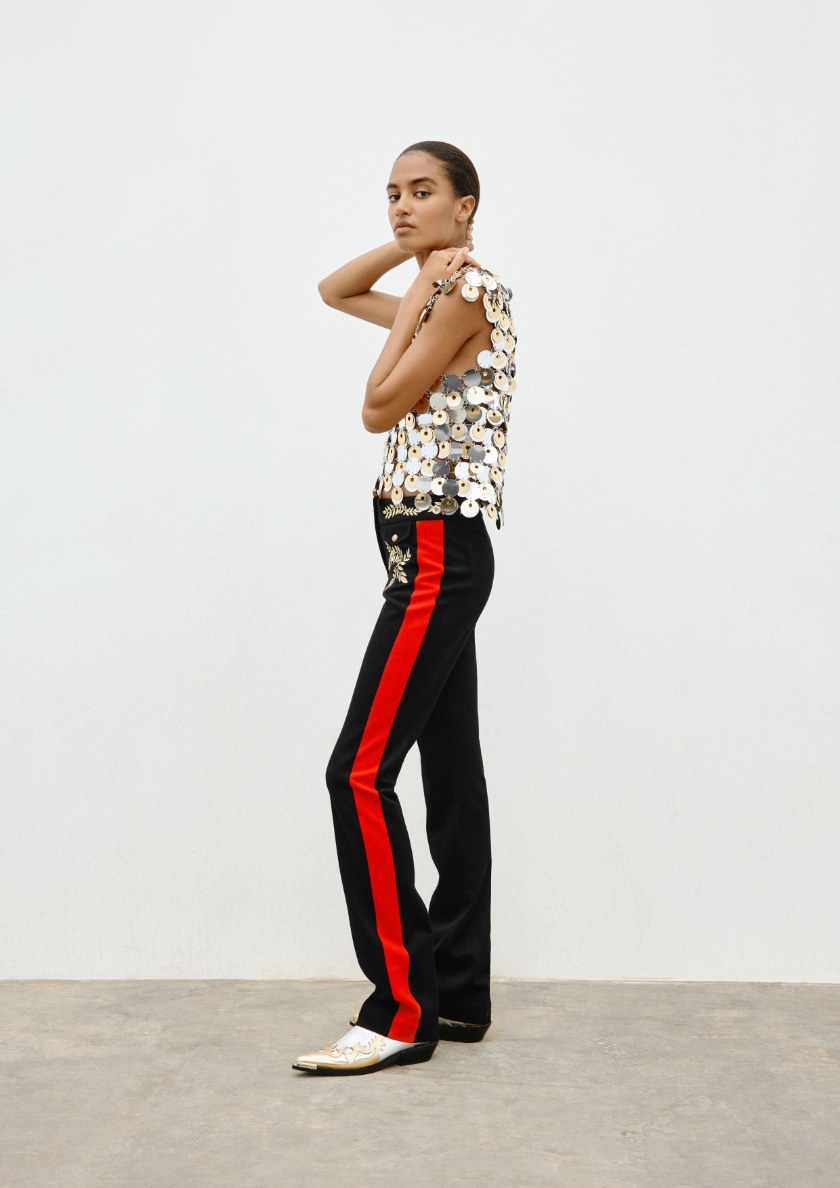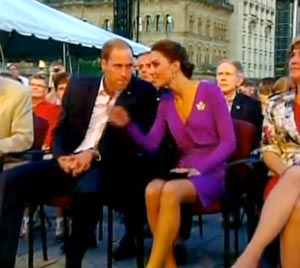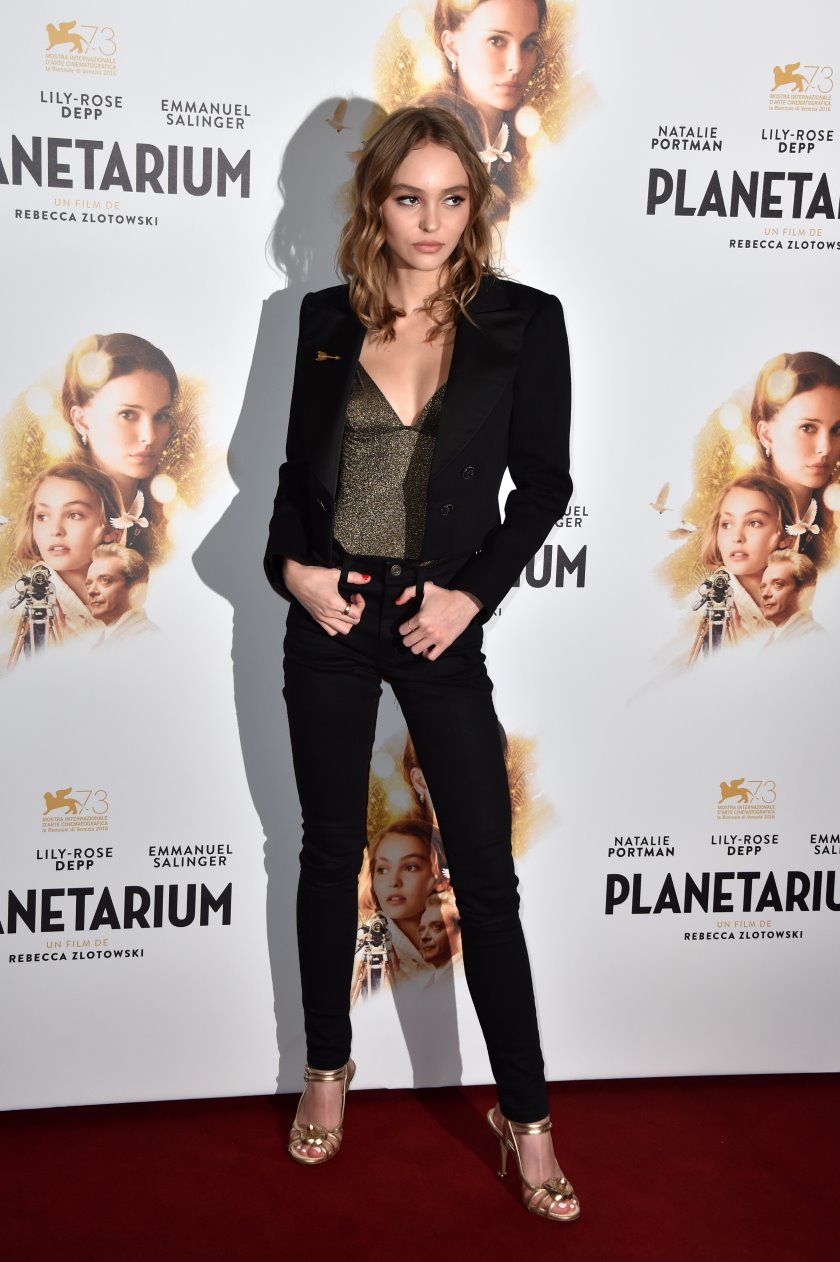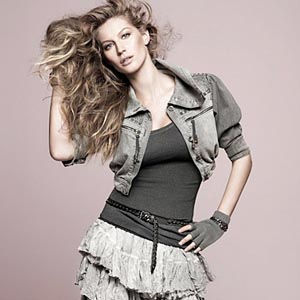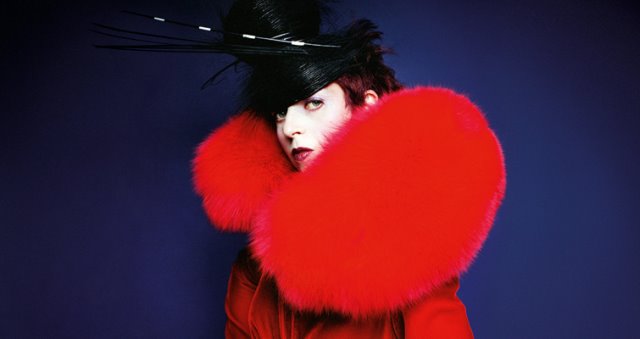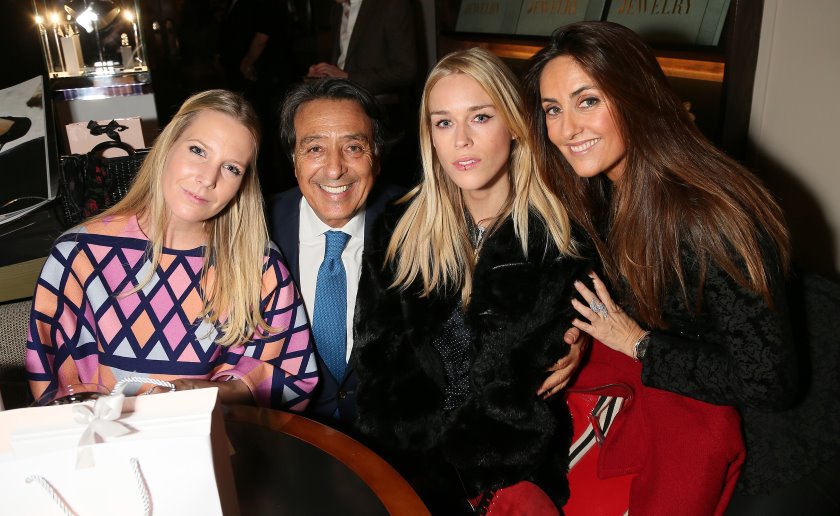The second largest continent on the planet is, logically, home to a massive number of fashion designers and movements, although out of Africa, there hasn’t been as much recognition of them till recently. Fashion Cities Africa, the book, inspired by the exhibition of the same name at the Brighton Museum & Art Gallery that opens at the end of April, is one high-profile development which seeks to shine a light on the variety present on the continent, while on a similar note, next month’s Africa Fashion Festival in Wellington will do the same for its designers.
Hannah Azieb Pool, who edits the new book, is a Eritrean-born, London-based journalist, who, along with Helen Jennings, has co-writing duties, resulting in a cohesive, beautifully presented book that examines contemporary fashion in Nairobi, Casablanca, Lagos and Johannesburg. It doesn’t pretend to be a fully comprehensive guide, stating from the outset it is meant to provide mere glimpses on a continent that is incredibly diverse. The foreword by Binyavanga Wainaina, a flâneur, reminds us that there are clusters scattered throughout the land that have their own tendencies, and that her favourite designer is Nigerian, Chioma Chukwulozie.
The reader is thrown in to the colour of Nairobi, where sibling bloggers Velma Rossa and Papa Petit (a.k.a. Oliver) take one half of the first spread with their über-stylish and proudly urban Kenyan clothes, and stylists, musicians, designers, bloggers and artists profiled on following pages give slices of their lives that shake occidental sensibilities with their own palettes and ensembles. Nairobi, for the most part, emphasizes comfort, and the clothing shot on these pages by Sarah Marie Waiswa demonstrate that the city’s fashion could easily translate to other places, spanning everything from casual to luxury. Adèle Dejak has shown in Milano, for instance, and appeared in Vogue Italia with her collaboration with Salvatore Ferragamo, while John Kaveke and Nick Ondu show the sort of sartorial elegance that could easily influence menswear in other fashion capitals.
Profiles of some of the personalities from the city follow, reminding us that Nairobi is a crossroads: Ami Doshi Shah is of Indian descent, her family brought there by the British when both countries were under Crown rule, while Ann McCreath is a Scots émigrée who fell in love with the fashion there. There’s a dose of youthful energy, too, with Anthony Mulli, a jewellery designer who started when he was 16, pointing the way forward.
The book follows a similar structure for subsequent cities, moving on to Casablanca next.
Lucire readers will be familiar with Morocco thanks to travel editor Stanley Moss’s writings, and Jennings’ chapter, with photographs by Deborah Benzaquen, takes us on a similar journey through the country’s largest city. It was, of course, a home for Yves Saint Laurent at one point, as well as a drawcard for many western celebrities, when a first wave of Moroccan designers became known outside of the region. A second wave, Jennings explains, emerged in the 1980s and 1990s, with Zineb Joundy a graduate of the Chambre Syndicale de la Haute Couture. A greater sense of artistic freedom and Casablanca’s position that blends Arabic, European and indigenous cultures has resulted in some looks that may seem familiar—perhaps thanks to the likes of Saint Laurent and his influence. Again the profiles are well selected, a cross-section of the highly varied cultures in the city: Amine Bendriouich, Amina Agueznay, Yassine Morabite, Saïd Mahrouf, and Zhor, Chadia and Aida Raïs each cover a very different parts of the fashion spectrum, from T-shirts to traditional caftans.
Once the book gets to Lagos, it’s apparent that there’s a sense of “bubbling under”, with Lakin Ogunbanwo’s photographs, paired with Jennings’ words again, showing slightly more subdued looks for men, but prouder, more flamboyant looks for women. Jennings notes that civil war and Nigeria’s military juntas stalled its fashion scene for some years, before a revival when democracy returned in 1999. Foreign labels were seen as cool till recently, with the country discovering its confidence in its own æsthetic, to the point where one of her interviewees, stylist Bolaji Anumashaun, says that fashion can be one of Nigeria’s ‘greatest exports’. Anumashaun founded thestylehq.com with a pan-African fashion focus, and Arise magazine, founded in 2008, also stepped up the promotion for Nigerian designers. With Nigeria’s GDP now greater than South Africa’s, that confidence is bound to increase, and Jennings looks at Nike Davis Okundaye, who owns the biggest gallery in West Africa in Lagos, and happy to promote young talent. Others, such as Yegwa Ukpo and Amaka Osakwe, both were schooled in the UK before returning to Lagos to found their brands, while PR consultant Zara Okpara and luxury concept store owner Reni Folawiyo complete their city’s picture.
Johannesburg completes Fashion Cities Africa, and it’s perhaps fair that Pool chose to put it last. Many mistakenly think of South African fashion when they refer to ‘African fashion’, spurred in part by the Republic’s sporting ties to many other countries in the Commonwealth. Victor Dlamini has the photographic duties here, and Pool pens the words, and she goes through the various Jo’burg neighbourhoods, noting that its fashion is more established than Nairobi’s but less self-conscious than Lagos’s. There is a western infusion here in some parts, she notes, but on closer examination there are accessories that reference Soweto streets or Zulu culture. The city even has two fashion weeks: South Africa Fashion Week and Mercedes-Benz Fashion Week Joburg, making the city spoiled for choice when it comes to giving its designers a platform. David Tlale, whom Lucire readers will have heard of, and who has shown at New York Fashion Week, hails from here, and Jo’burg designs have a greater sense of familiarity thanks to western media exposure. It oozes colour and vibrancy, much like the photos chosen for Pool’s first chapter on Nairobi, and in similar fashion (pun unintended) there are profiles from across the spectrum: designer Thula Sindi, creative collective, the Sartists, accessories’ and shoe designer Maria McCloy, and womenswear designers Marianne Fassler and Anisa Mpungwe.
It’s our hope that we can cease talking about ‘African’ fashion and instead replace the dialogue with specific cities or countries, just as we do for smaller continents such as Europe. Just as there is no such thing to fashion observers as ‘European’ fashion, there is equally no such thing as ‘African’ fashion: it is impossible to generalize at a continental level. Both as an informative volume and a coffee-table flick-through (as it is softcover), Fashion Cities Africa succeeds, and it’s exceptionally good value with full-colour photographs (needed for its story, over 196 pp.) at £20 (available via Amazon UK here, or Book Depository here) or US$28·50, (Amazon link here). It is published this month by Intellect Books, as part of its Street Styles series.—Jack Yan, Publisher
Actress Katrin Heß the latest to pose nude for PETA, promoting veganism
Sponsored video: Louis Cole looks at Nestlé’s sustainable cocoa harvesting for Kit-Kat
Fashion Cities Africa gives a snapshot of four cities on a varied, rich continent
Categories
celebrity / culture / design / environment / fashion / history / living / London / Lucire / Paris / society / tendances / travel / trend / Zeitgeist
Filed by Jack Yan
celebrity / culture / design / environment / fashion / history / living / London / Lucire / Paris / society / tendances / travel / trend / Zeitgeist
Filed by Jack Yan

